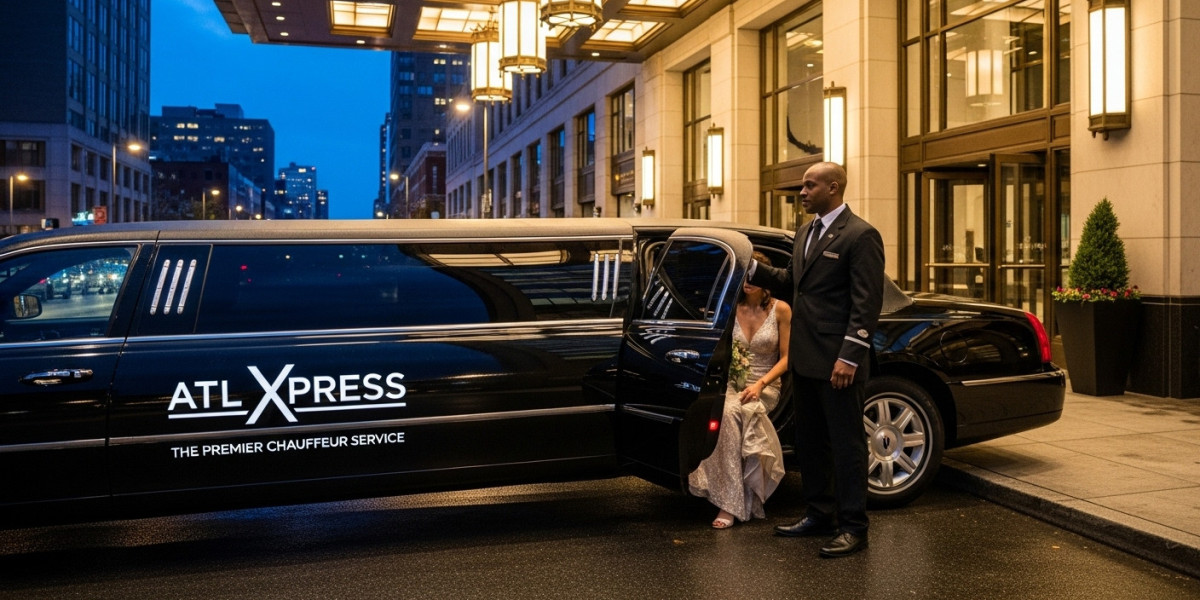Unlock the Mysteries of Viking Jewelry: Discover Its Rich History and Cultural Impact!
Viking jewelry is more than just decorative adornments; it is a captivating window into the soul of a remarkable civilization. With intricate designs and an array of materials, Viking jewelry serves as a testament to the craftsmanship and artistry of the Norse people. As we delve into this intriguing topic, we aim to uncover the rich history, diverse types, and profound cultural significance of Viking jewelry. From the dazzling brooches that adorned noblewomen to the rugged amulets worn by warriors, every piece tells a story that connects us to the past. Join us on this journey to explore how these beautiful objects not only enhanced personal aesthetics but also conveyed status, beliefs, and identity in Viking society.

The Historical Background of Viking Jewelry
The history of Viking jewelry stretches from the late 8th century to the early 11th century, a period often referred to as the Viking Age. Emerging from Scandinavia, the Vikings were not only fearsome warriors but also skilled traders and craftsmen. Their jewelry evolved significantly over these centuries, influenced by the various cultures and peoples they encountered through trade and conquest. Initially, Viking jewelry was simple and functional, often made from everyday materials. However, as they established trade routes that extended as far as the Byzantine Empire and the Islamic world, their designs became more elaborate and sophisticated, incorporating intricate metalwork, colorful gemstones, and innovative techniques. This cultural exchange enriched their artistic expression and showcased the Vikings' adaptability and creativity.
Types of Viking Jewelry
The Vikings crafted a wide variety of jewelry, each piece imbued with meaning and significance. Among the most common items were brooches, which served both as fasteners for cloaks and as decorative elements. These brooches came in various designs, often featuring intricate patterns and symbols. Necklaces were also popular, typically made from beads of glass, amber, or precious metals, showcasing the wealth and status of the wearer. Bracelets and rings, fashioned from silver or gold, were often engraved with personal symbols or runes, reflecting the owner's identity and beliefs. Materials played a crucial role in the creation of Viking jewelry, with silver being the most prevalent due to its availability and value. Gold, though rarer, was used for more prestigious pieces, while gemstones added color and depth, making each item a unique expression of the artisan's skill.
Symbolism in Viking Jewelry
Symbols and motifs were integral to Viking jewelry, often reflecting the wearer’s beliefs and social status. Common motifs included animals, like wolves and dragons, which symbolized strength and protection. Runes, the ancient script of the Norse people, were frequently engraved on pieces, serving both decorative and mystical purposes. These symbols conveyed messages of identity, allegiance, and personal power, allowing wearers to express their connections to their heritage and community. For instance, a warrior might wear a piece featuring Mjölnir, the hammer of Thor, for protection in battle, while a noblewoman might don a brooch adorned with intricate floral patterns to signify her high status.
The Cultural Impact of Viking Jewelry
The legacy of Viking jewelry extends far beyond its historical context; it continues to inspire modern designs and cultural expressions. In recent years, there has been a resurgence of interest in Viking culture, leading to a revival of traditional jewelry-making techniques. Contemporary artisans often draw inspiration from ancient designs, blending traditional elements with modern aesthetics. This influence can be seen in the rise of popular jewelry lines that celebrate Norse mythology and Viking craftsmanship, appealing to those who appreciate both history and style. Additionally, Viking jewelry has made its mark in fashion, with many designers incorporating its motifs into contemporary collections, bridging the gap between past and present. As we wear these pieces today, we not only adorn ourselves but also honor a rich cultural heritage.
Summary of Viking Jewelry's Significance
Throughout this exploration of Viking jewelry, we've uncovered its historical significance, the variety of types it encompasses, and its cultural impact that resonates even today. These magnificent artifacts are not mere remnants of a bygone era; they are vibrant symbols of identity, artistry, and belief that continue to inspire and captivate. As we appreciate the beauty and craftsmanship of Viking jewelry, let us also remember the stories it tells—stories of a remarkable people who left an indelible mark on history. Whether you are an enthusiast of historical artifacts or simply drawn to their aesthetic appeal, Viking jewelry invites everyone to delve deeper into the fascinating tapestry of our shared human experience.











